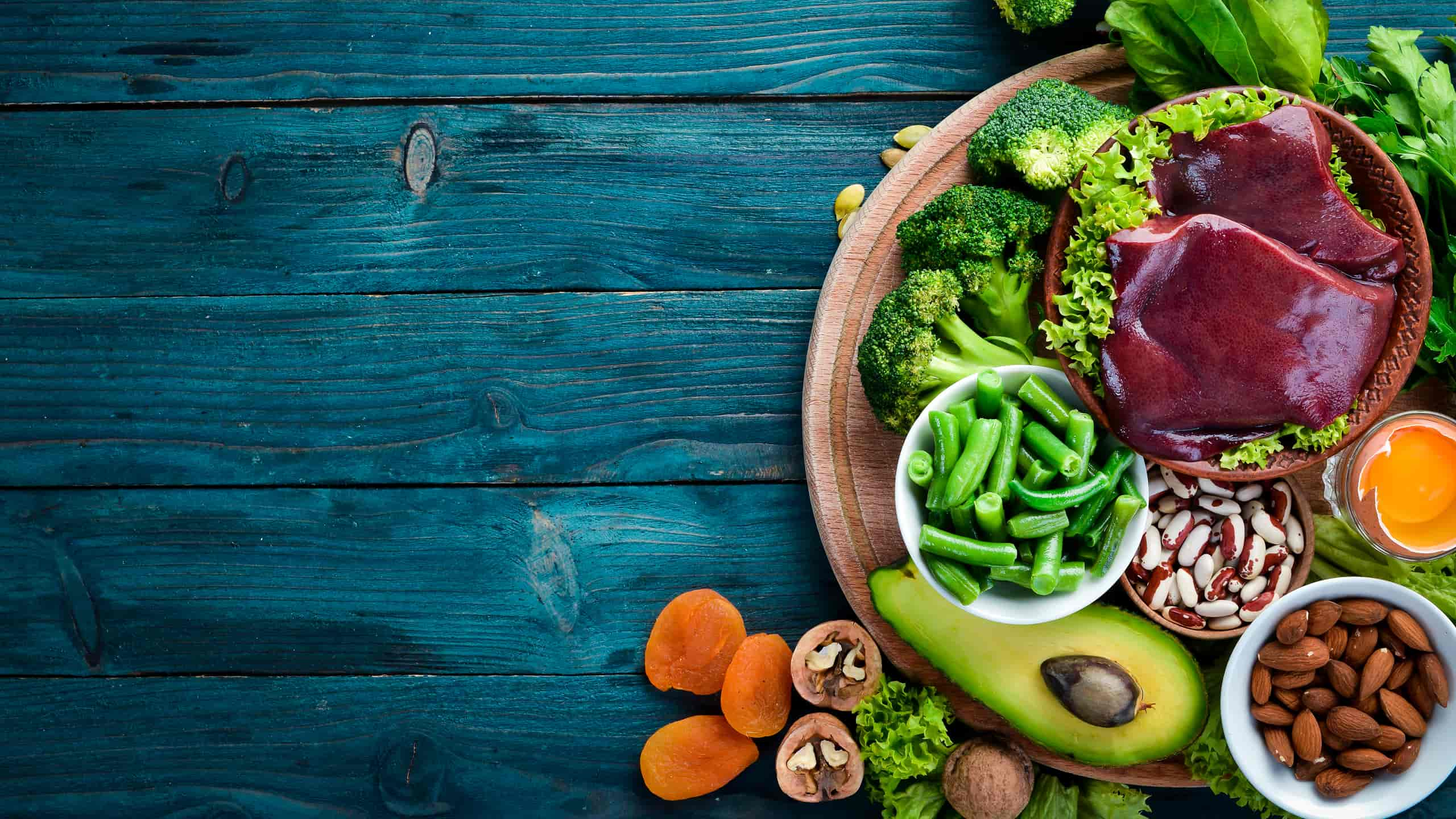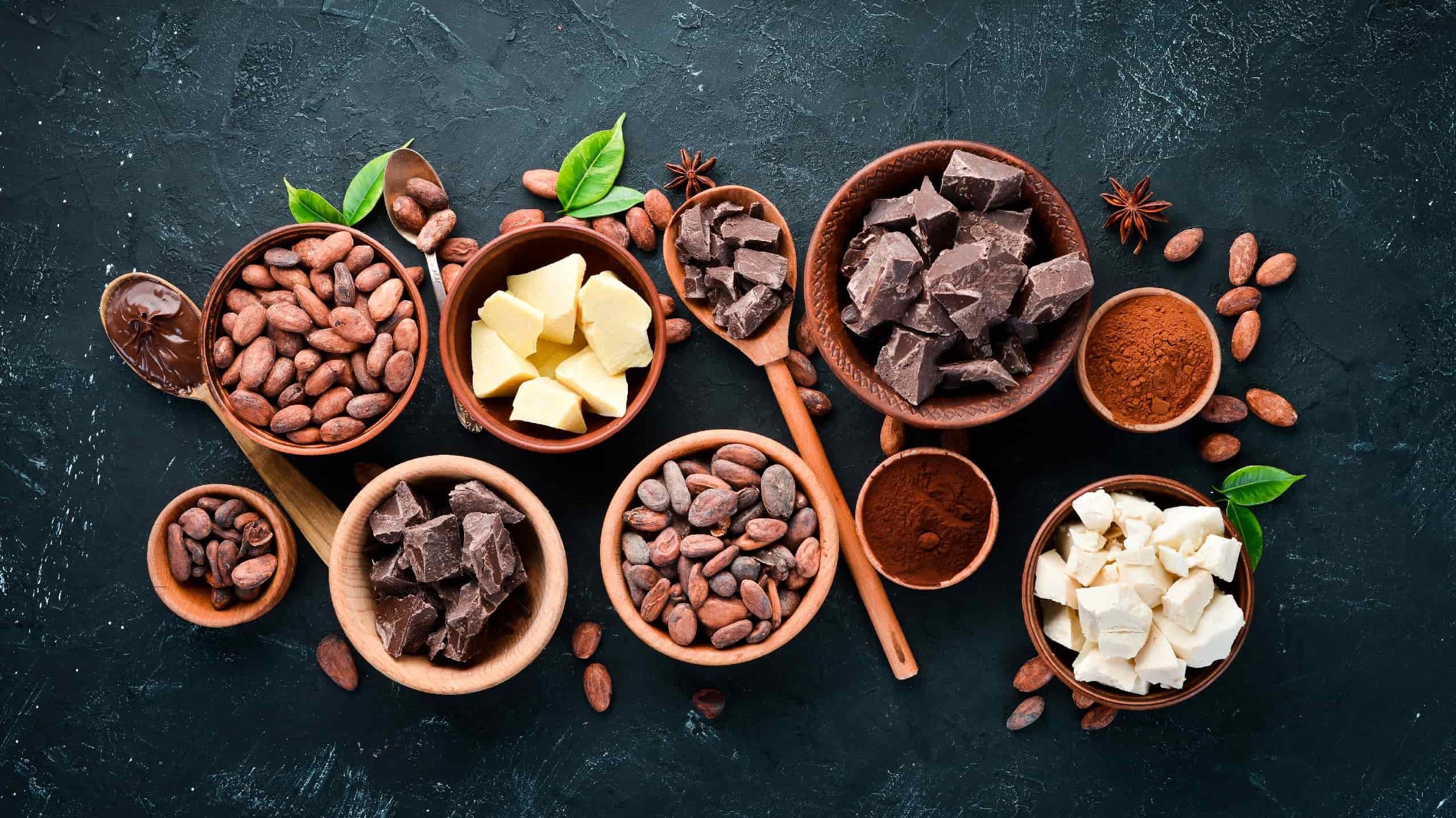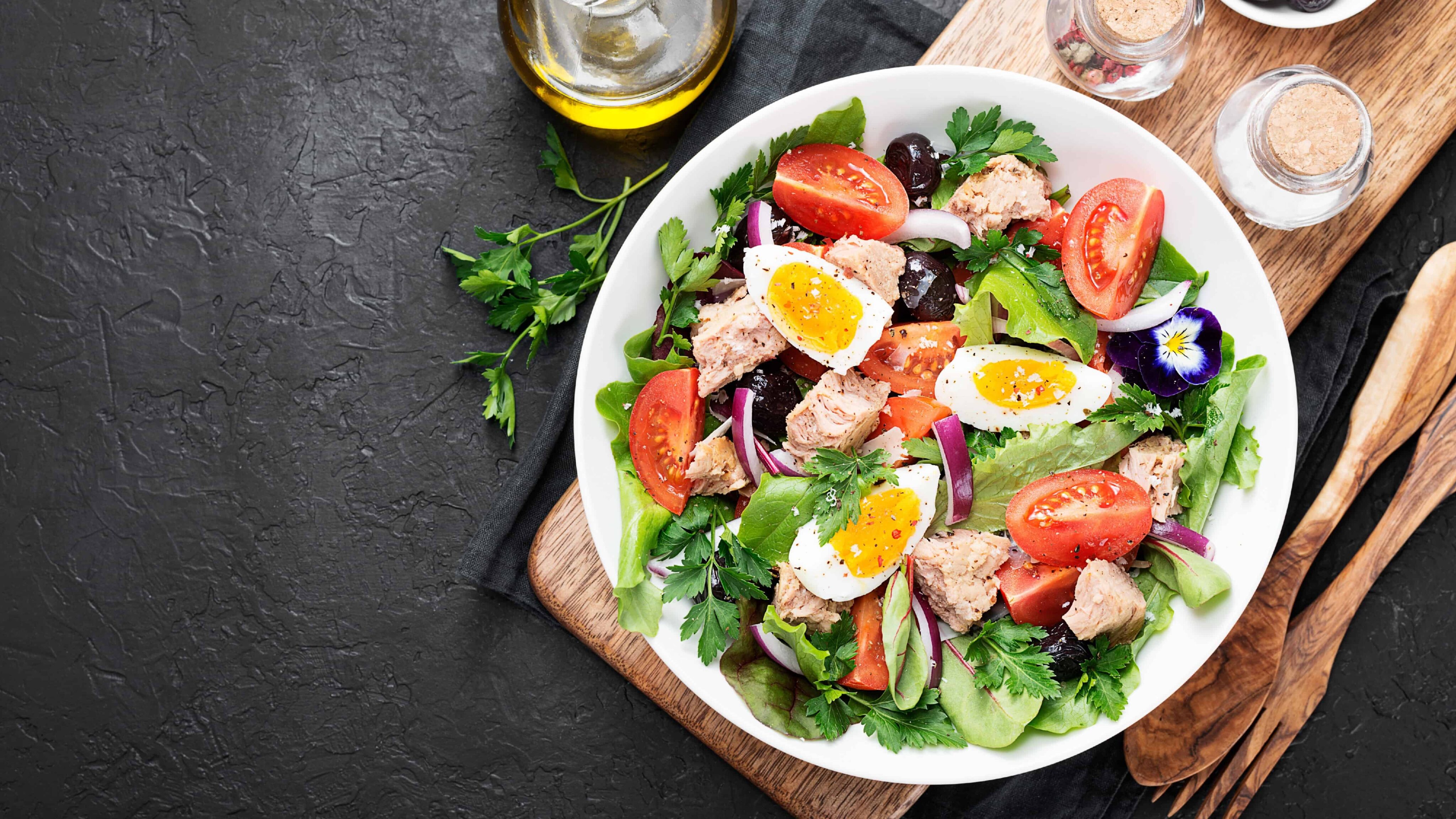Iron, spinach, Popeye
Remember Popeye and his obsession with spinach?This unforgettable character of comics and cartoons, who was born in 1929, has tried to promote spinach among kids and grown-ups. After all, Popeye used to say, “I’m strong to the finish, ‘cause I eats me spinach!” But why is this?
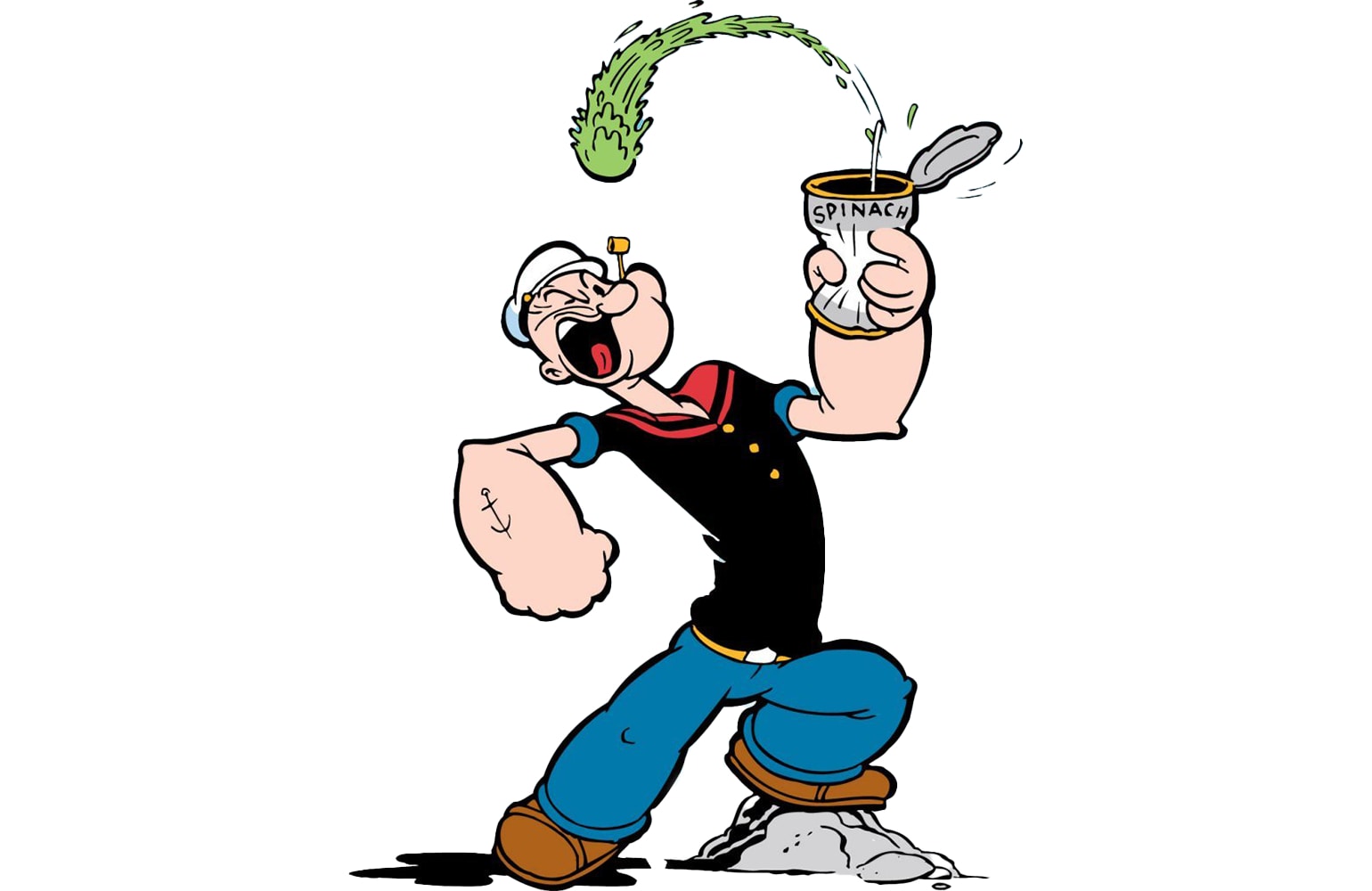
Image: popeye-comendo-espinafre, by Jean Pierre Gallot, through Flickr. CC BY 2.0. The current version excludes the background and the title from the original.
The reason behind this popular saying is that spinach is, among others, a great source of iron. But we swear: there are many more. Learn about the different types of iron, its functions, how to improve its absorption, and which are some of the most important iron-source foods that should be part of your diet. We cannot promise you Popeye’s muscles, but you will get tips to improve your diet and, of course, your health.
Hemic iron or non-hemic iron?
No, not all iron is the same. For starters, there are essentially two types of iron: hemic iron, and non-hemic iron. The first is found only in foods of animal origin, such as meat, fish, and eggs. The second is mostly found in foods of plant origin but may also exist in animal-derived food.
The big difference between them has to do with how the body absorbs them. Hemic iron is faster and more easily absorbed by the body than non-hemic iron.
However, once absorbed by the body, both contribute to the normal development of the same biological functions: normal formation of red blood cells and haemoglobin, normal transport of oxygen in the body, normal functioning of the immune system, reduction of tiredness and fatigue, the process of cell division and a normal cognitive function.
Winning squad for an iron team
Iron needs may vary from person to person, and between men and women. This is because, for example, women, when menstruating, face a higher risk of anaemia. The recommended daily dose of iron for an average adult is 14mg. For children, the recommended daily dose is 0.76 mg of iron per kg of body mass.
And in addition to the usual suspects – those iron-source foods we already know – check out eight more you can (and should) incorporate into your diet.

-
Lentils
Recommended for diabetics, lentils are a source of niacin and magnesium and are high in thiamine, iron, phosphorus and potassium, fibre and protein.
Great in soups, stews, and perfect for making veggie burgers or meatballs.

-
Liver
Chicken, pork, or beef liver is certainly an acquired taste, but those who like it, love it.
Know that, in addition to being high in iron, liver contains several vitamins and minerals such as complex vitamins, phosphorus, and zinc, respectively.

-
Dark chocolate (75%-85% cocoa)
Dark chocolate does not need introductions. But do you know it can be used in savoury dishes? Or as a spice? Take a risk and try using it as a spice on a fancy dinner, such as rabbit with chocolate and curry.
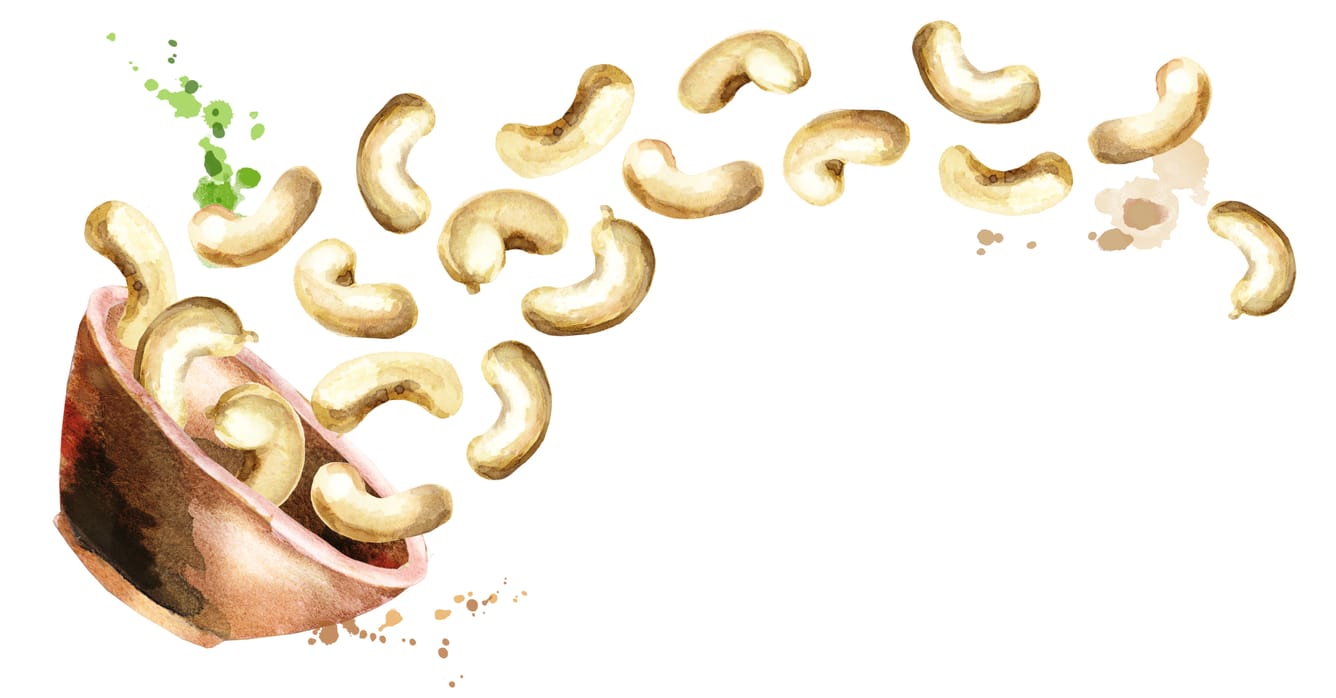
-
Cashew (raw)
Cashew, like other nuts, is a great mid-morning snack. It is a source of some B vitamins, and rich in minerals such as iron, phosphorus, magnesium and zinc.

-
Dried apricots
Think of dried apricots as a natural treat that contains only naturally present sugar. In addition to being high in iron, dried apricots are important sources of carotenoids and potassium. They’re also high in fibre.
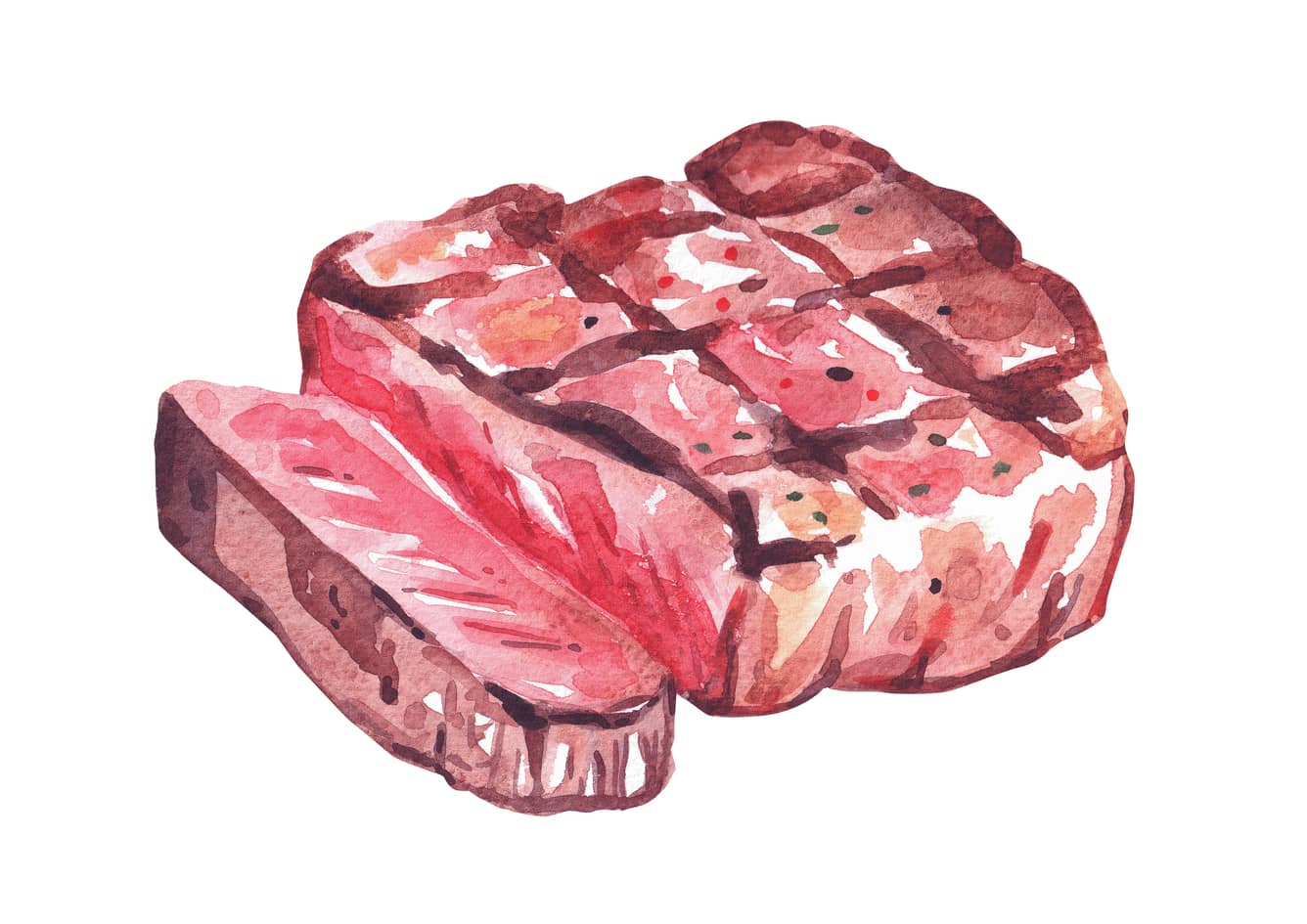
-
Red meat
Red meat in general is a source of hemic iron, which is very well absorbed by the body. However, red meat contains more saturated fats than white meat and therefore should be consumed only occasionally.
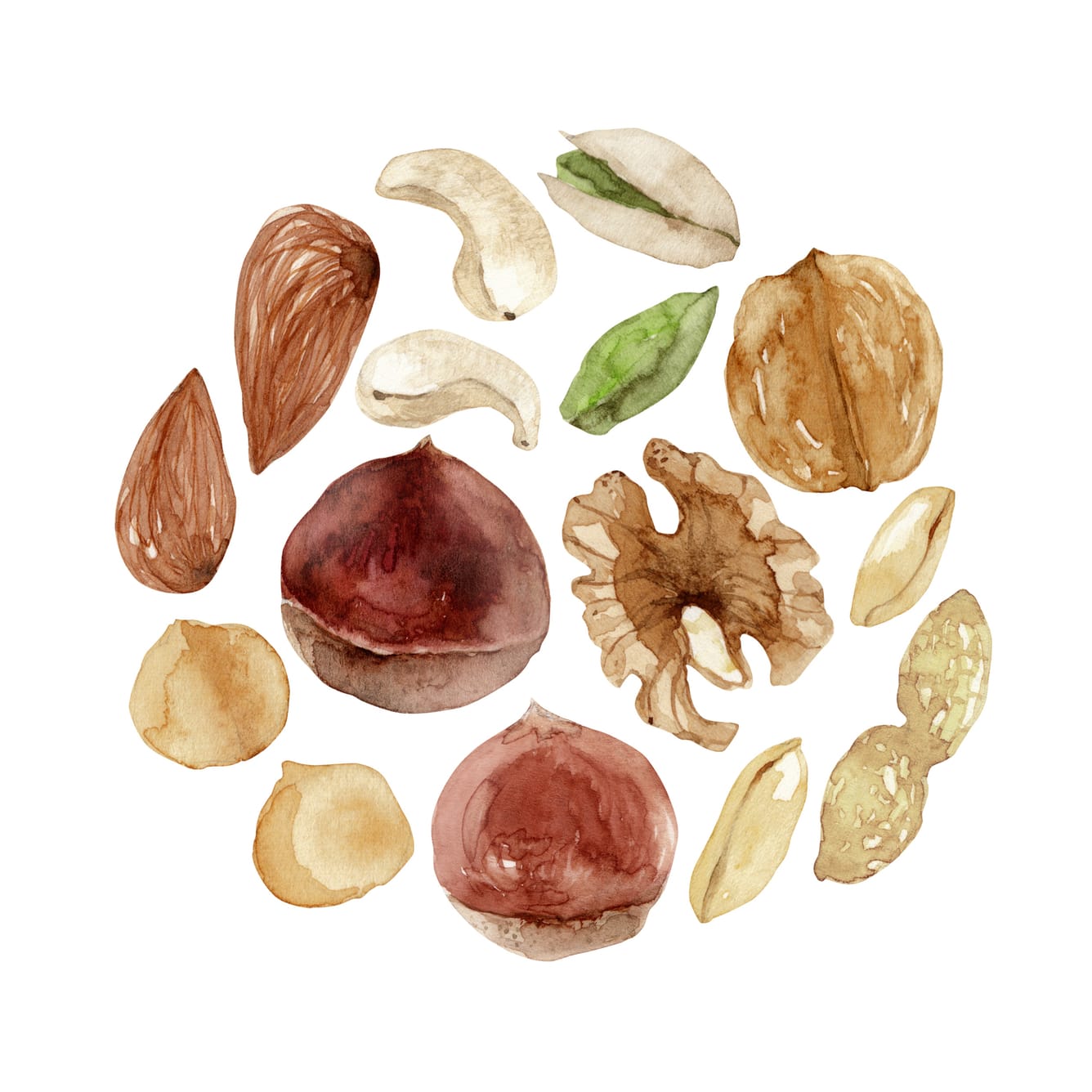
-
Oilseeds
Almonds, walnuts, and hazelnuts are examples of oilseeds. Oilseeds are generally reliable sources of iron, and rich in unsaturated fats that contribute to the maintenance of normal blood cholesterol levels. And are, of course, delicious!

-
Pulses
Beans, peas, or fava beans are good sources of iron and other minerals, rich in fibre and are also sources of protein. In the kitchen they are versatile, fun, and will bring a pop of colour to your dishes.
How to improve iron absorption
In order to improve your body’s absorption of iron, in particular non-hemic iron, it is prudent to keep in mind which foods enhance its absorption and which foods make it more difficult.
Iron absorption is most effective when high in iron foods are consumed in conjunction with vitamin C-rich foods. Broccoli, cabbages in general (which by themselves are also high in iron foods), peppers, tomatoes, peas, citrus, kiwi, grapes, carrots, or sweet potatoes are just a few examples. Eating an orange for dessert after an “iron-high” meal is a clever way to ensure that this mineral is well absorbed by the body.
